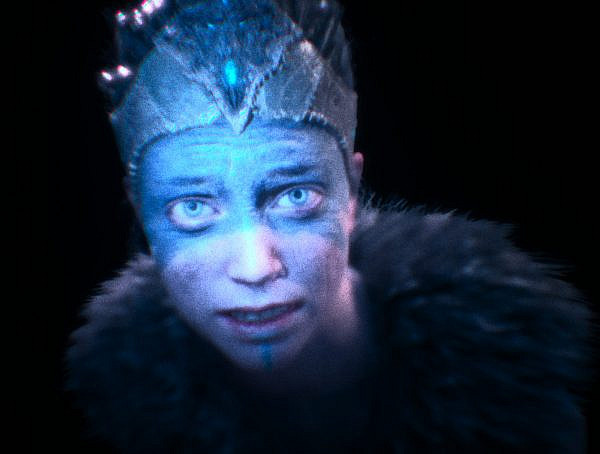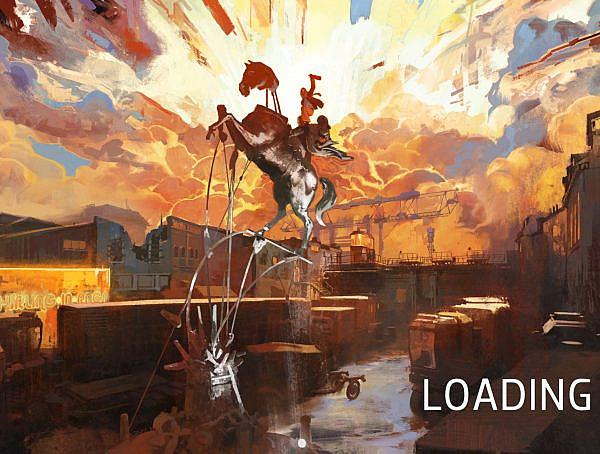In the field of tabletop role-playing games, these past ten years have seen a resurgence of games in the style of the 1970’s and 80’s editions of Dungeons & Dragons. The emphasis is on a lightweight ruleset and a dungeon-centric aesthetic. The dungeon is everything. The dungeon is larger than life. The dungeon is there not to be defeated, but to be survived. To survive, you need more than sheer power, you need cunning. There are threats too great to take on in combat and hazards that cannot be beaten, only avoided. The tone is not a power fantasy; it is a desperate struggle. Everything may be trapped. The enemy may be anywhere. Paranoia is a virtue. It is, in the words of one early proponent of the movement, like “fantasy fucking Vietnam”.
Legend of Grimrock replicates this aesthetic to a T. There is nothing outside of the dungeon. At the beginning, your party of four characters are dumped into the highest level of Mount Grimrock, naked. From there, you must delve deeper and descend all thirteen levels to the foot of the mountain and the promise of escape. You can use only what you find in the dungeon. You need to gather torches so you can see where you’re going, and food so you don’t starve. The worth of the treasure is in its usefulness. You can’t go shopping and there’s no money. The inhabitants are invariably hostile, from giant slugs to undead warriors to the far too numerous spiders that made the third level of the dungeon a harrowing experience to an arachnophobe. I could hear their skittering and knew they were lurking somewhere in the darkness beyond the flickering light of my torch, ready to blindside me.
The game is difficult. I died like in Dark Souls. Fortunately, there are blue crystals, one on each level, that will heal your party to full health and raise the dead. Especially in the levels with poison-using enemies, you will be running back to them a lot through the disorienting maze of identical corridors. Not even the minimap was always enough to keep me from getting lost in territory I had already cleared, as the poison was steadily ticking down my frontliners’ health counters.
The game is old school in its execution as well as its style. The dungeon is laid out in squares on a grid, drawn on graph paper. Movement also takes place on that grid, backwards, forwards, or sideways. Combat happens by right-clicking the weapons in your characters’ hands. Spells are cast by picking runes from a menu. Better have the combos memorized.
Legend of Grimrock is unapologetic about what it is, a love letter to a genre of games from long ago. It is made with great craft, it looks the part, and presents a proper challenge for those of us who like the taste of blood in our fun. It may not be for everyone, but then, nothing really good ever is.
Developer: Almost Human
Publisher: Almost Human
Platform: Windows, Android, OS X, iOS
Release date: April 2012
All screenshots © Almost Human.
You might also like
More from Game Reviews
Snufkin: Melody of Moominvalley – A Decidedly Unexciting Tune
It's not every day we get a real Moomin game, but is it worth singing praises?
Overwhelmed or puzzled? A Krispee Street review
A mobile game with an interesting take on "Where's Wally" formula
Hanabi – Fireworks Show In A Card Game
In Hanabi you try to create as good fireworks show in cooperation as you can.

















